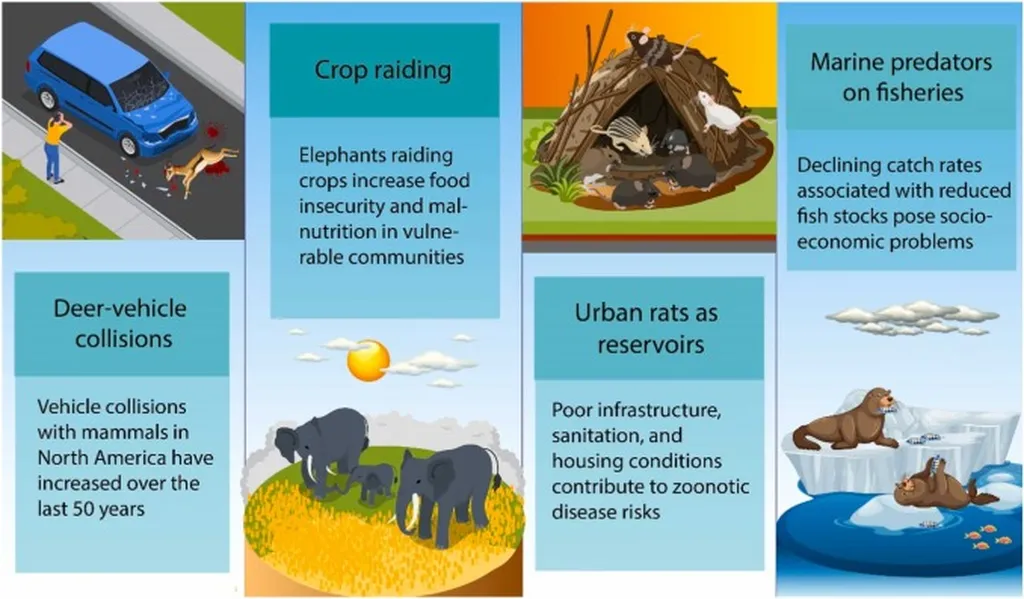In the heart of Hungary, researchers are unraveling a complex web of interactions between environmental toxins, gut microbiota, and wildlife health, with implications that stretch far beyond the forests of Europe. A recent study led by Adrienn Gréta Tóth from the Centre for Bioinformatics at the University of Veterinary Medicine in Budapest has shed light on how mycotoxins and herbicide residues, particularly glyphosate, are altering the gut microbiome and resistome of European fallow deer. The findings, published in the journal *iScience* (which translates to *Natural Science*), are not just a wake-up call for wildlife conservationists but also a significant insight for the energy sector, where wildlife habitats often intersect with industrial activities.
The study analyzed intestinal content samples from fallow deer exposed to varying levels of zearalenone (ZEA) and other toxic compounds such as aflatoxin B1, deoxynivalenol, fumonisin B1, and glyphosate residues. The results revealed significant alterations in the bacterial community composition within the deer’s guts. “Higher ZEA levels were associated with decreased alpha diversity, while higher aflatoxin levels had the opposite effect,” explained Tóth. This finding suggests that different toxins can have varying impacts on the gut microbiome, potentially influencing the overall health and resilience of these animals.
One of the most intriguing aspects of the study was the observation of changes in the abundance of antibiotic resistance genes (ARGs). This suggests a potential link between mycotoxin exposure and antimicrobial resistance, a growing concern in both human and animal health. “Understanding these interactions is crucial for developing strategies to mitigate the negative effects of toxin exposure on wildlife populations,” Tóth emphasized.
The research also assembled five complete bacterial genomes from the metagenomic data, providing a deeper understanding of the microbial communities at play. This level of detail is essential for developing targeted interventions to protect wildlife from the harmful effects of environmental toxins.
For the energy sector, these findings are particularly relevant. Wildlife habitats often lie adjacent to energy infrastructure, and the use of herbicides like glyphosate in these areas can have unintended consequences on local fauna. The study highlights the need for careful management of toxin use to minimize its impact on wildlife health. “This research underscores the importance of integrating environmental health considerations into industrial practices,” said Tóth. “By understanding the complex interplay between toxins and gut microbiota, we can develop more sustainable and wildlife-friendly approaches.”
The implications of this research extend beyond immediate conservation efforts. It opens up new avenues for studying the broader ecological impacts of environmental toxins and the role of the gut microbiome in wildlife health. As we continue to grapple with the challenges of antimicrobial resistance and environmental degradation, studies like this provide valuable insights that can guide future policy and practice.
In the end, the study by Adrienn Gréta Tóth and her team serves as a reminder of the intricate connections between our environment, the wildlife that inhabits it, and the industrial activities that shape it. By understanding these connections, we can work towards a more harmonious coexistence, ensuring the health of both wildlife and the ecosystems they depend on.

